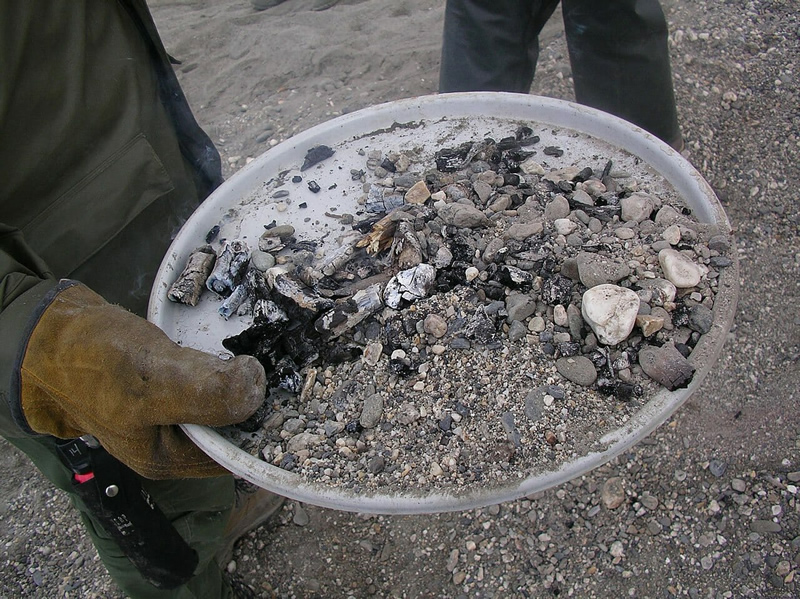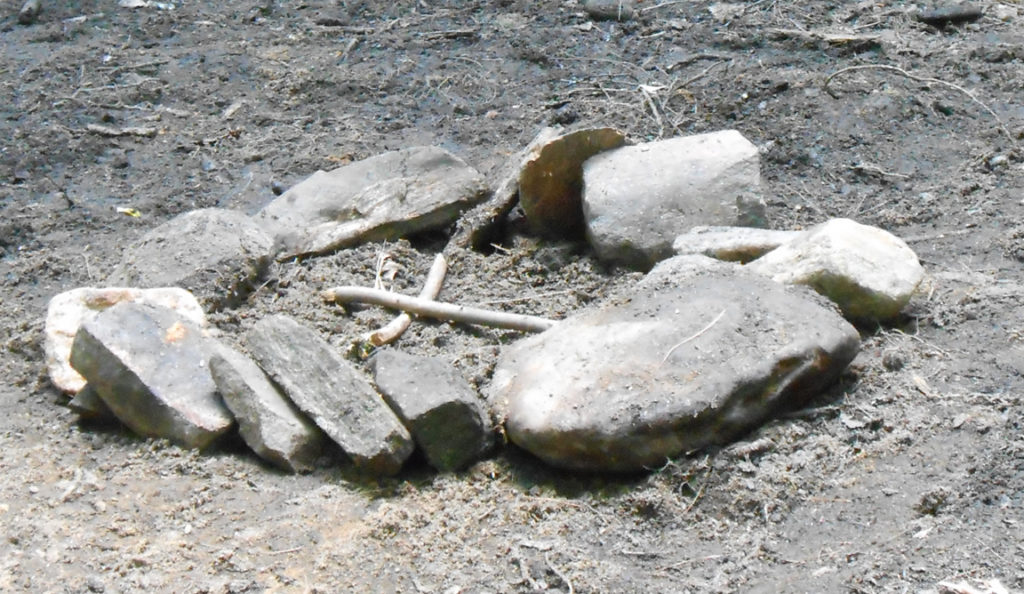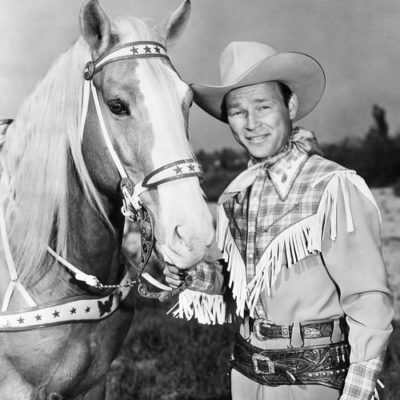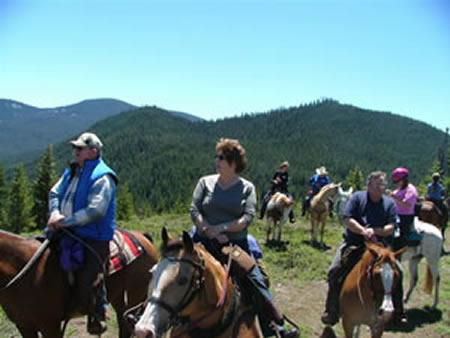LNT #5 Minimize Campfire Use – Campfires are a favorite thing for many people but they can create change in certain circumstances. You should make conscious decisions when it comes to having a fire; Is there enough firewood in the area to have a fire and not totally deplete all the wood that is around? Do you really need a fire? Sometimes during the summer you really don’t need one. Fires definitely do leave a trace, if you choose to have a fire, the best place to have one is in an existing fire ring, build a small mound fire or pit fire without rocks and burn all the firewood, don’t leave half burned logs behind.
These Leave No Trace (LNT) articles were originally published in the OET Riders Roundup in the early to mid 2000’s. They were written by Bonnie Stockman, a long standing member and supporter of the OET Mission and way. Among her many talents, Bonnie was a Equestrian Leave No Trace (LNT) educator and wrote many articles for the OET Riders Roundup. Today as she watches over us, we honor Bonnie’s work, by reprinting the articles for everyone, so while we ride let’s do our part by leaving no trace and become a better steward of our public lands.
When I first addressed this subject in June of 2001, I started the article with a paragraph as to why it was particularly important in that year to minimize campfire use because of the dry conditions. Little did I know that in March of 2005 I could say nearly the same thing.. It’s already dry and the ferns on my trees in the woods are dried and dead. The branches under my feet break with a dry wood sound like they do in summer and as I write this, it’s still officially winter! We just haven’t had any major fires. Yet.

As you start putting together your gear for the upcoming season, now’s the time to plan ahead for the restrictions on campfires in the backcountry that usually come with such dry conditions. Maybe this is the year to acquire a light weight backpacking stove and fuel bottles and learn how to use it.
There are other reasons besides drought and fire restrictions to limit your use of campfires, especially in the backcountry.
- At higher elevations, trees grow very slowly – in areas of heavy to moderate use, the forest may not be able to keep up with the demand for firewood. Soon, no wood is left lying around to decay and provide the needed organic material for the forest to continue to be healthy.
- Fires scar the soil – heat from a large campfire can alter organic matter 4 inches deep or more in the soil with a ninety percent loss in the top inch of soil. Soil sterilized by fire does not heal for a long time.
- The blackened rocks from fires take away from the pristine feel of an area.

There is no denying that a fire in the backcountry or at a campground can be a comforting thing. One of my fondest OET memories is a roaring evening fire at a Mother’s Day ride and Ray Wold singing “Little Brown Jug” with great enthusiasm if not perfect pitch. A fire might even be necessary if you are lost or someone in your party is hypothermic (though you’re probably better off to do the two bodies in a sleeping bag routine for that one).
But there is also a simpler way of camping that invites the night sounds and stars to come closer and that is to camp without fire. It enlarges your camping options, too – you no longer have to look for a site with firewood nearby or with a safe place to build a fire. You have more time to ride or sleep if you don’t have to wait for a fire to burn down. Meals are ready more quickly with a stove as you don’t have to wait for a fire to burn to coals to cook. And you don’t have to cleanup after a stove like you should when you build a fire.
On extended trips, it can be difficult to carry enough fuel for the length of the trip. With careful planning of fuel requirements for meals, you should be able to reduce your dependency on campfires. For example, avoid planning meals that need extended cooking time – or if you do, use tricks like heating ingredients to a boil and then letting the pot stand wrapped in a towel or coat to keep the heat in so the food keeps cooking without use of fuel. You can also choose food that cook quickly for a group – such as eggs or oatmeal as opposed to pancakes that take longer to cook enough to feed everyone.
A stove however is not without its fire hazards. You do need to carefully select where you set up a stove just as you select a place to do a fire. Avoid setting a stove on directly on burnable material – rock or mineral earth or an existing fire ring is safest. Brush away the leaves, pine cones and needles from the selected location before you set up the stove – you can put them back when you are done. A sheet of metal or an upside down pot can also put some distance between a hot stove and the ground. You also need to follow the stove manufacturer’s directions for safe use of the stove and fuel to avoid potentially hazardous explosions.
While use of a stove is always preferable, this does not mean you should never build a fire.
One alternative is to use a stove to cook most meals and save the fires for when conditions are appropriate for a building a fire with little or no impact. Per the NOLS (National Outdoor Leadership School) book, “Soft Paths”, (Bruce Hampton and David Cole, Stackpole Books, 1995), there are six necessary ingredients in building appropriate campfires:
- Legal to build – no current fire closure.
- Safety – avoid windy days, or building fires near dry grass, branches, trees or root systems.
- Damage to the site is minimal. Avoid fires at low or moderately impacted sites. Adding a fire ring to these sites encourages further use of the sites – sites that are low or moderately impacted can recover with no or infrequent use.
- Construction of the fire is simple – at a well-worn site, use an existing fire ring. At pristine sites (if you just have to have a fire) use a fire pan if possible – that has the least impact. Or, if you have mineral soil, do a mound fire by piling mineral soil from a stream bed or the root cavity from a fallen tree on a fireblanket. A pit fire can also be dug if you have rocky or sandy soil. In any case, keep the fire small. Save the roaring bonfire for an established campground where you truck in wood and use the existing fire pit.
- Firewood is abundant. If possible, gather firewood outside the camp area to avoid a “picked clean” look. Note also, you should use wood no larger one or two inches in diameter, so the fire will burn quickly and use less resources. Leave the rotting wood to provide nutrients and moisture holding capabilities for the soil.
- Cleanup your fire. Take the time to burn the fire down to ash. Scatter unburned wood and crush and scatter charcoal (be very careful – do this with you hands to make sure it is out). Pack out unburned food and trash. For mound fires, return the soil to its original location. For pit fires, fill them back in and camouflage.
Does this all sound like a lot of work?
I think it does, which is why I almost never make a fire in the backcountry unless mosquitoes or adverse weather or a malfunctioning stove require it.
LNT tip of the Month: Be lazy! Carry a stove!
May we always have Mountains and Rivers Without End.
Bonnie & Velvet









Leave a Reply